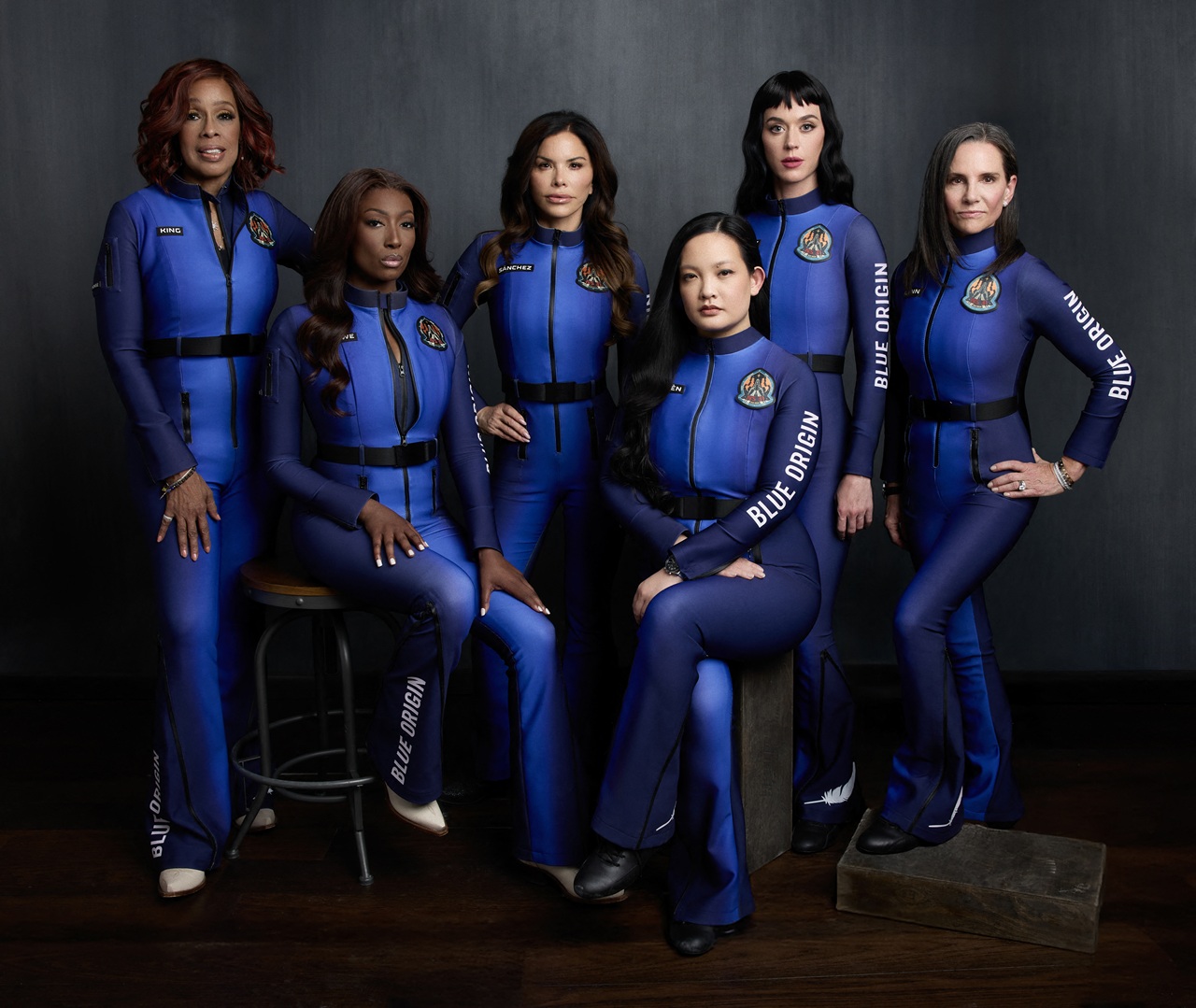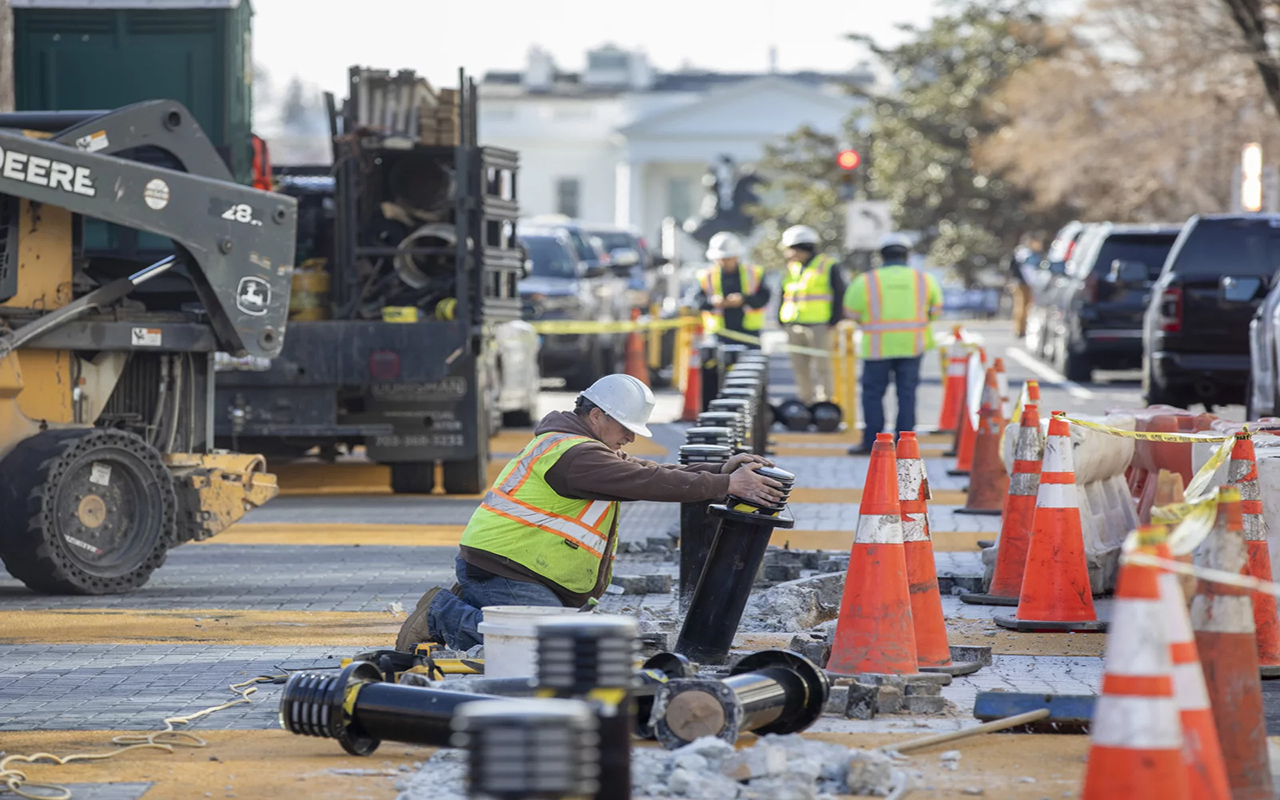
Mass shootings: Mental illness or hate crimes?
The armed violence epidemic in the United States still lacks an open and sincere debate. While the President calls it “mental illness,” there’s no recognition…
In recent years, mass shootings have been frequent news in the media, especially in the United States, wherein 2019 alone, there have been more than 200 episodes with approximately 300 deaths.
Although, there are those who wonder if there really been an increase in mass crimes or if it is a mass media issue. Regardless, the figures remain alarming.
From Littleton, Colorado, in 1999 to El Paso and Odessa, Texas, and Dayton, Ohio in 2019, the discussion about the causes and possible solutions to such a shocking phenomenon continues. However, to date, there’s no consensus.
Faced with the horror of these massacres, voices rise and direct accusing fingers in all directions: the use of violent video games or the dissemination of information that promotes violence; the polarization of the media or the availability of weapons; white supremacy, domestic terrorism or mental illness. But at the end of the day, the growing phenomenon persists and there’s no palpable solution.
In the United States, carrying arms is a right contemplated in the Constitution and is so rooted in the culture that there are more than 250 firearms per 1000 inhabitants - a figure higher than countries with ongoing armed conflicts like Yemen. The most common weapon is the handgun, and death by firearms is the 11th cause in the list of deaths in health statistics.
While President Trump made mention of white supremacy after the El Paso shooting, mental illness reappeared among the possible causes of these terrible events. In one way or another, the rhetoric of the White House continues to omit domestic terrorism as a concept that seems reborn after more than 150 years since the emergence of the Klu Klux Klan as a measure of social and political control over minorities of color.
In the 21st century, differences in color, gender, race or religion are promoted as grounds for rejection and have become an open motivation for aggression, as evidenced in El Paso, Texas. According to FBI statistics, 58% of hate crimes respond to “racial hatred,” for example, and this problem is much more serious in a country with such a mixture of races like the United States.
But when the president points to mental illness as a possible reason for mass shootings, he is also fueling another type of discrimination.
It’s no secret that being schizophrenic, bipolar or depressed can come with guilt mitigation at the time of a trial, but the indiscriminate use of psychiatric diseases as labels for these attackers can lead us to more errors than solutions.
RELATED CONTENT
Those of us who have worked closely with mental illness can attest psychiatric patients are more than likely to face aggression and discrimination rather than be the ones to carry out violent acts on their behalf, especially on a mass level.
Perhaps the memory of the childish threat of the “bogeyman” that would take us if we misbehaved or the image of a mad serial killer in Hollywood has been anchored in the collective unconscious and forces us to think that every mass attacker is “crazy” and “dangerous.”
In 2012, Inés Geipel made a fairly broad analysis of the mass shootings from the anthropological point of view, coinciding with what has been defined as Amok Syndrome or "Murderous Madness."
Described as a disease among the Malays, this syndrome occurs in men between the ages of 20 and 45 and is usually accompanied by changes in behavior prior to a phenomenon of agitation followed by the emergence of homicidal anger, attacking everything and everyone in their way. It is common for the individual to commit suicide or to end up being killed by his captors.
The World Health Organization has described the Amok Syndrome as a cultural phenomenon, characteristic of groups or people who have been victims of some kind of aggression and segregation. With that definition, we could ask ourselves if social rejection for being different in school - for not speaking the same language, having the same skin color, professing the same religion, or simply having been prosecuted at some time for a crime and not having been rehabilitated - could make these individuals "primitive" enough to lose control and lash out in an attack of anger against other human beings.
It seems that the discussion of mass shootings has become a political diatribe between the right to bear arms in the United States or the comprehensive gun control legislation, and the importance of racial hatred that has resulted in a tailored attack on the Latino community, as was the case in El Paso just a few weeks ago.
Pretending to point out those responsible as mentally ill can be very dangerous, not only because of the deviation from guilt and omission of the real reasons, but because it could fuel further discrimination against another minority: psychiatric patients










LEAVE A COMMENT: